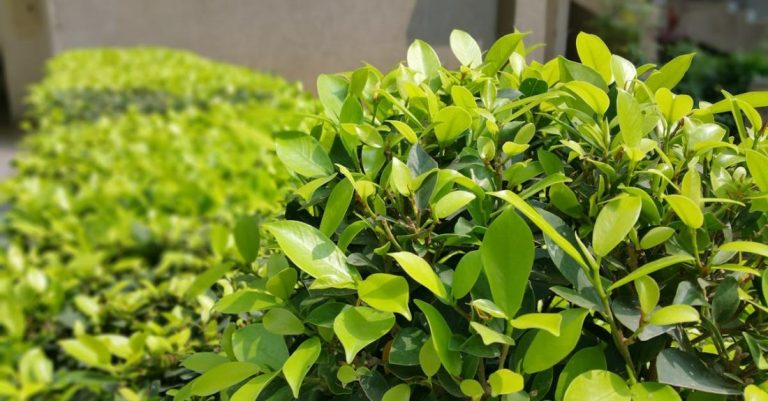
Pruning fruit trees is a common practice among gardeners and orchard owners to maintain the health and productivity of their trees. One pruning technique that is often utilized is thinning, which involves selectively removing branches, blossoms, or fruit to improve the overall health and yield of the tree. While some may be hesitant to thin their fruit trees due to concerns about reducing the potential harvest, there are actually several benefits to this practice that can ultimately lead to a more bountiful and high-quality crop.
Enhanced Air Circulation
Thinning fruit trees can significantly improve air circulation within the canopy of the tree. By selectively removing branches and excess fruit, you allow for better airflow throughout the tree, reducing the likelihood of disease and promoting overall tree health. Improved air circulation helps to prevent the buildup of moisture on the leaves and fruit, which can lead to fungal diseases such as powdery mildew and apple scab. Additionally, better airflow can also reduce the risk of pests infesting the tree, as many insects thrive in humid and stagnant environments.
Increased Sunlight Exposure
Another key benefit of thinning fruit trees is the increased sunlight exposure that the remaining fruit and branches receive. Sunlight is essential for the process of photosynthesis, which is how plants produce energy and grow. By thinning the tree, you allow more sunlight to reach the remaining fruit, promoting better fruit development and ripening. Adequate sunlight exposure can also help improve the color, flavor, and sugar content of the fruit, resulting in a more desirable harvest.
Promotes Fruit Size and Quality
Thinning fruit trees can lead to larger and higher-quality fruit. When a tree produces an excess of fruit, it can strain the tree’s resources and result in smaller, less flavorful fruit. By thinning the fruit, you enable the tree to focus its energy on fewer fruits, leading to larger, more nutritious, and better-tasting produce. Additionally, thinning allows for more uniform fruit size, making it easier to harvest and market the crop.
Prevents Branch Damage
Overloaded branches are at risk of breaking under the weight of excess fruit, especially during periods of strong winds or heavy rain. Thinning fruit trees reduces the strain on branches, preventing damage and potential loss of fruit. By selectively removing fruit and branches, you can help the tree maintain a balanced structure and prevent unnecessary stress on its limbs. This not only protects the tree from physical damage but also promotes its long-term health and longevity.
Encourages Regular Fruit Production
Thinning fruit trees can help promote regular fruit production year after year. By maintaining the health and vitality of the tree through selective pruning, you encourage consistent fruiting cycles and ensure a more reliable harvest. Overcrowded trees may produce a large crop one year but then experience a reduced yield or poor-quality fruit in subsequent years. Thinning helps to balance the tree’s resources and encourages it to produce a more sustainable and consistent crop over time.
In conclusion, thinning fruit trees is a beneficial practice that can improve the overall health, productivity, and quality of your fruit trees. By enhancing air circulation, increasing sunlight exposure, promoting fruit size and quality, preventing branch damage, and encouraging regular fruit production, thinning can lead to a more bountiful and sustainable harvest. So, next time you’re tending to your fruit trees, consider the advantages of thinning and how it can help you achieve a more fruitful and successful growing season.





